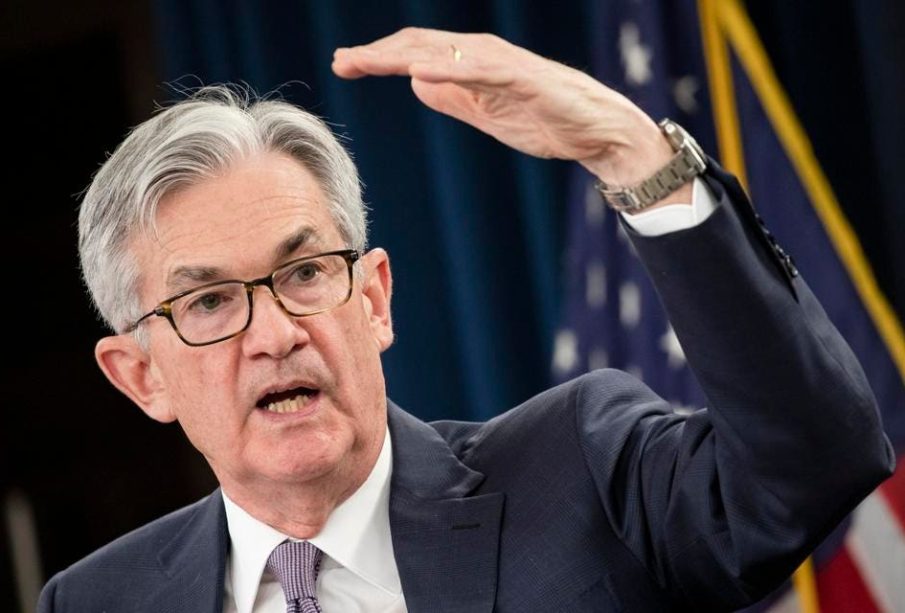Impact of Recent Fed Decisions on the US Economy

Introduction
The Federal Reserve, commonly referred to as the Fed, plays a crucial role in shaping the economic landscape of the United States. As the nation’s central bank, its policies influence interest rates, inflation, and overall economic growth. Understanding the Fed’s recent decisions is essential for businesses, investors, and everyday citizens alike, as these decisions have far-reaching consequences on financial stability and consumer spending.
Recent Developments
In response to rising inflation, which reached a 40-year high earlier this year, the Fed has implemented a series of aggressive interest rate hikes. As of September 2023, the Fed’s benchmark interest rate stands between 5.25% and 5.50%, marking the highest level since 2001. These measures aim to combat inflation, which has been primarily driven by supply chain disruptions and increased demand as the economy rebounds from the pandemic.
During a recent press conference, Fed Chair Jerome Powell emphasized the central bank’s commitment to bringing inflation back to its target level of 2%. Powell noted that the Fed is prepared to continue raising rates as necessary, indicating that more hikes may be necessary depending on future economic indicators. This signals to the market that the Fed is taking a cautious yet determined approach towards managing inflation.
Impact on the Economy
The Fed’s actions have significant implications for various sectors of the economy. Higher interest rates typically lead to increased borrowing costs for consumers and businesses. For example, mortgage rates have surged to their highest levels in over two decades, resulting in a slowdown in the housing market as potential buyers are discouraged by the rising costs.
Furthermore, these policies have a direct impact on consumer confidence. With inflation affecting everyday essentials such as groceries and gasoline, combined with the anticipated cost of borrowing, many consumers are tightening their budgets. Economists predict that if the Fed maintains its current trajectory, economic growth may slow in 2024, potentially leading to a recession.
Conclusion
As the Fed navigates its monetary policy amidst a complex economic landscape, its decisions remain pivotal in determining the economic outlook for the United States. For consumers and investors, understanding how the Fed’s rate changes will affect spending and investment strategies is crucial. Monitoring the Fed’s actions will be vital in the coming months as the nation grapples with the balancing act of curbing inflation while sustaining economic growth. Ultimately, the Fed’s decisions not only shape financial markets but also influence everyday life for millions of Americans.







